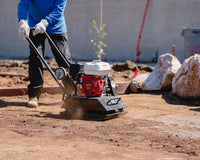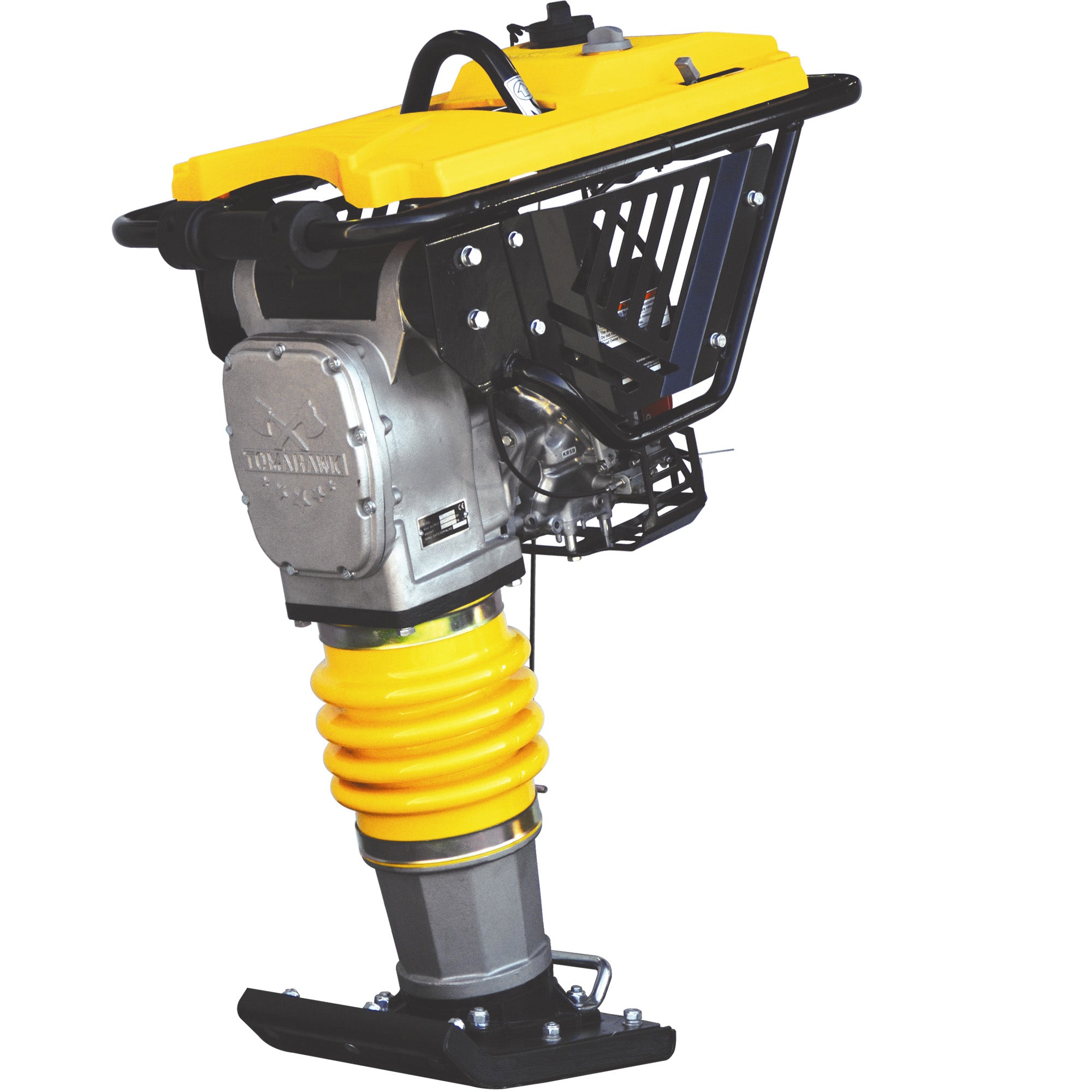Sidewalks are more than just pathways; they're essential components of our communities, providing safe and accessible routes for pedestrians and enhancing the overall appearance of our neighborhoods. When it comes to building sidewalks, functionality and durability are paramount, but that doesn't mean sacrificing aesthetics. In this blog, we'll explore the process of creating sidewalks that are not only functional and durable but also beautiful and inviting, adding value and charm to our streetscapes.
1. Planning and Design: The first step in building a beautiful and durable sidewalk is thoughtful planning and design. Consider factors such as pedestrian traffic patterns, accessibility requirements, and surrounding landscaping when determining the layout and dimensions of your sidewalk. Incorporate curves, angles, and variations in width to create visual interest and accommodate existing features such as trees or utility poles.
2. Choosing the Right Materials: Selecting the right materials is crucial for achieving both durability and aesthetic appeal in your sidewalk construction. Concrete is a popular choice for sidewalks due to its strength, versatility, and relatively low cost. Opt for high-quality concrete mixes with added reinforcement, such as fiber mesh or rebar, to enhance durability and minimize cracking over time. Consider decorative options such as stamped concrete, exposed aggregate, or colored concrete to add texture and visual interest to your sidewalk.
3. Proper Installation Techniques: Proper installation techniques are essential for ensuring the longevity and stability of your sidewalk. Begin by preparing the site, excavating the area to the required depth and ensuring proper drainage. Install a sturdy base material, such as gravel or crushed stone, and compact it thoroughly to create a solid foundation. Use wooden or metal forms to define the edges of the sidewalk and pour the concrete evenly to achieve a smooth and level surface.
4. Incorporating Decorative Elements: Incorporating decorative elements can elevate the appearance of your sidewalk and make it a focal point of your streetscape. Consider adding decorative borders, bands, or inlays using contrasting colors or patterns to create visual interest and delineate different sections of the sidewalk. Incorporate decorative features such as stamped patterns, exposed aggregate finishes, or custom textures to add character and charm to your sidewalk design.
5. Finishing Touches: The finishing touches can make all the difference in creating a beautiful and inviting sidewalk. Once the concrete has cured, remove the forms and carefully clean the surface to remove any debris or residue. Consider applying a protective sealant to the concrete to enhance durability, resist stains, and prolong the lifespan of your sidewalk. Add landscaping elements such as planters, benches, or decorative lighting to enhance the overall ambiance and usability of the sidewalk.
6. Maintenance and Care: Regular maintenance and care are essential for preserving the beauty and functionality of your sidewalk over time. Keep the sidewalk clean by sweeping or pressure washing regularly to remove dirt, debris, and stains. Repair any cracks, chips, or surface damage promptly to prevent further deterioration and ensure the safety of pedestrians. Consider applying a fresh coat of sealant every few years to maintain the appearance and durability of the concrete.
Building beautiful and durable sidewalks requires careful planning, attention to detail, and the use of high-quality materials and construction techniques. By incorporating thoughtful design elements, selecting the right materials, and paying attention to finishing touches and maintenance, you can create sidewalks that not only provide safe and accessible pathways for pedestrians but also enhance the visual appeal and charm of your community. With a little creativity and craftsmanship, sidewalks can become more than just functional elements; they can be integral parts of our urban landscape, adding beauty, character, and value to our neighborhoods.










